




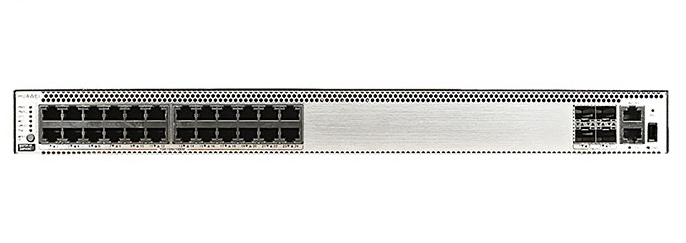


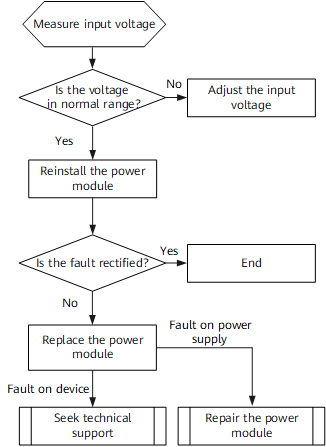
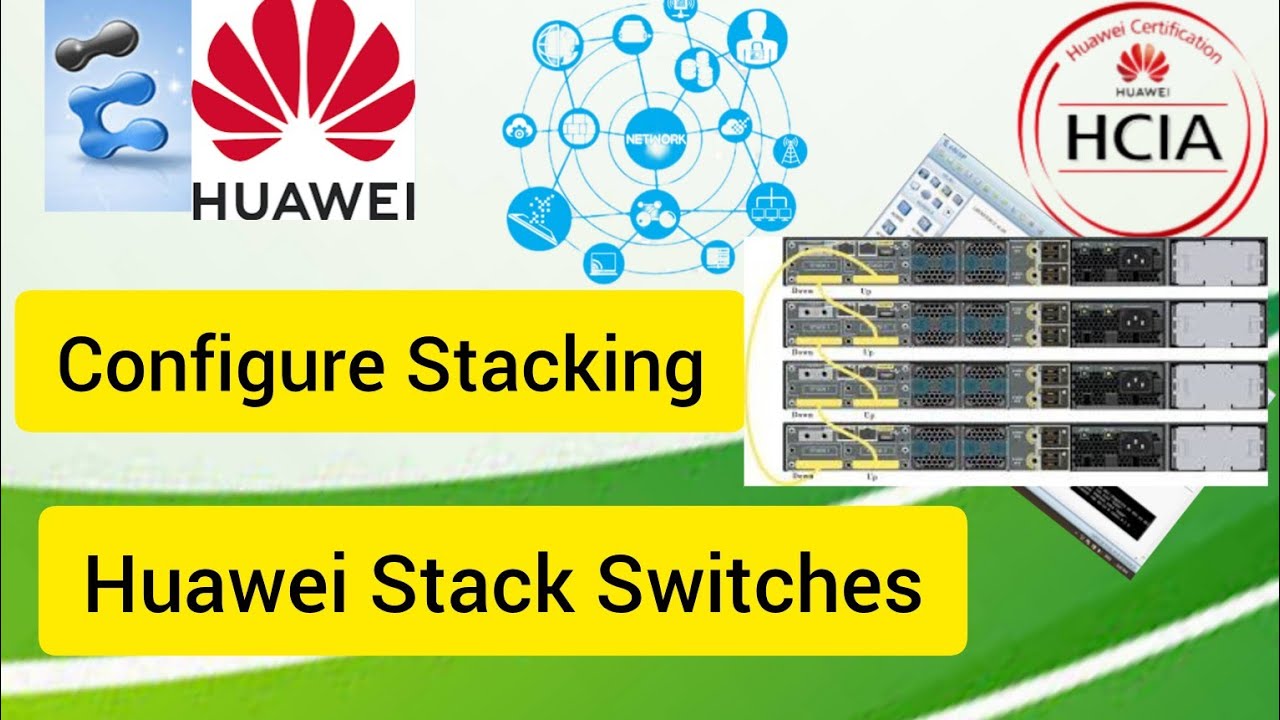
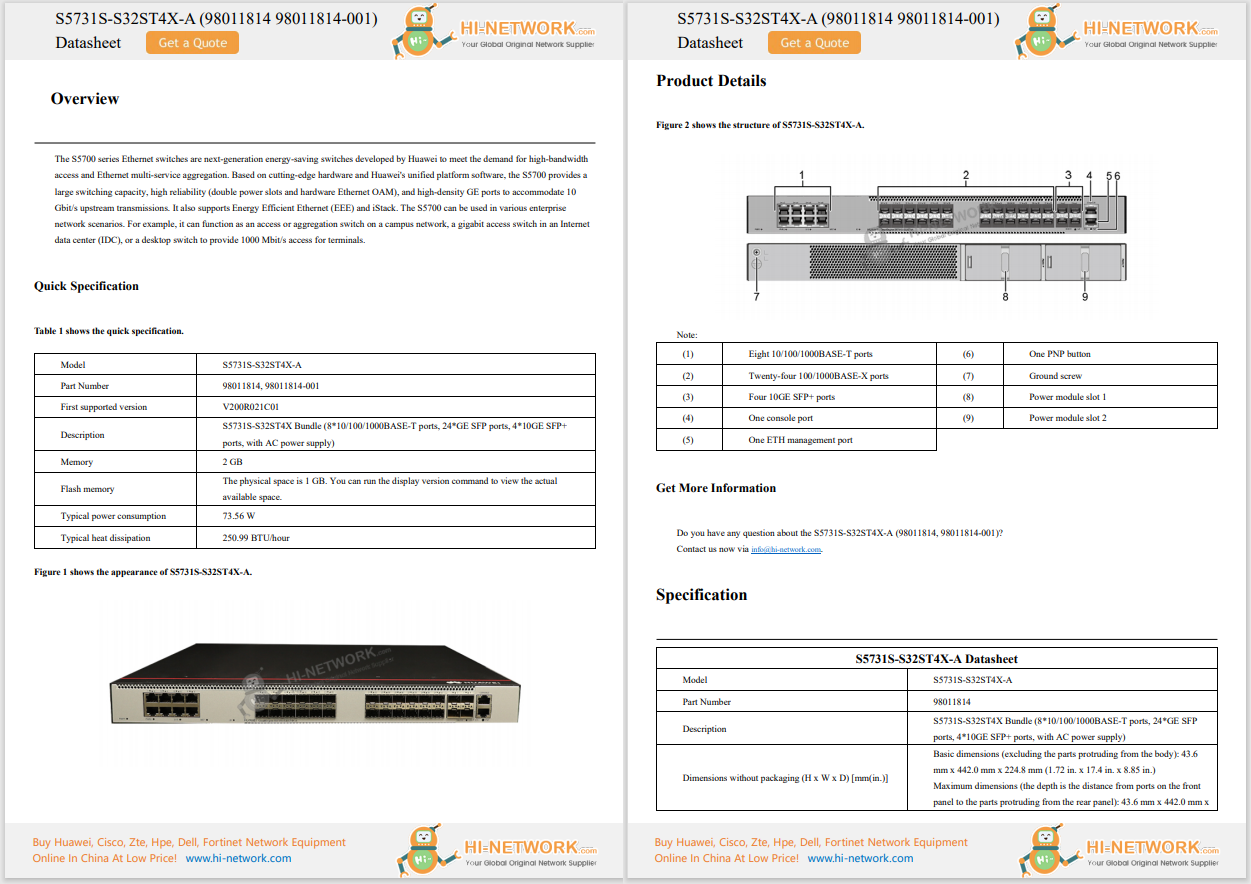


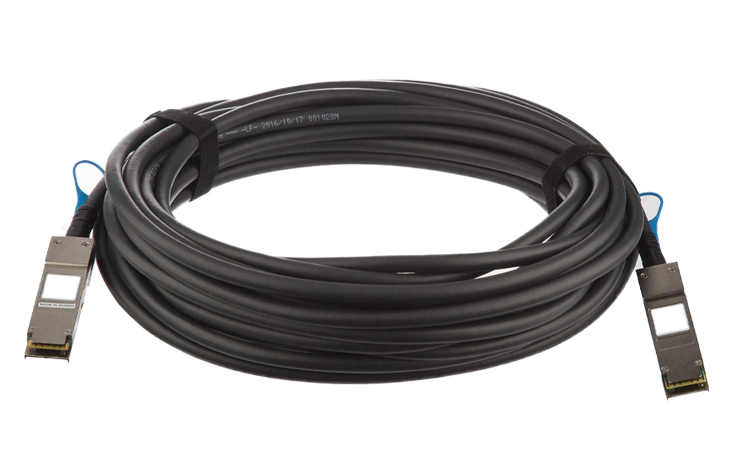




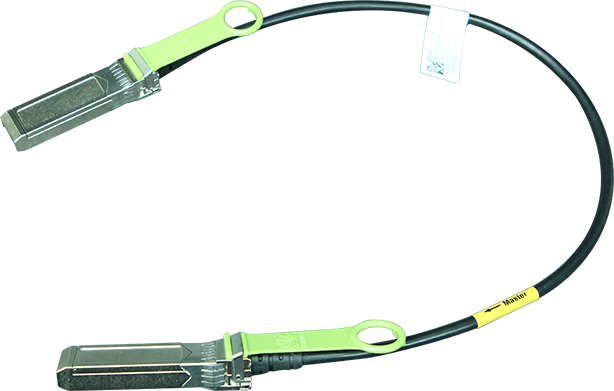
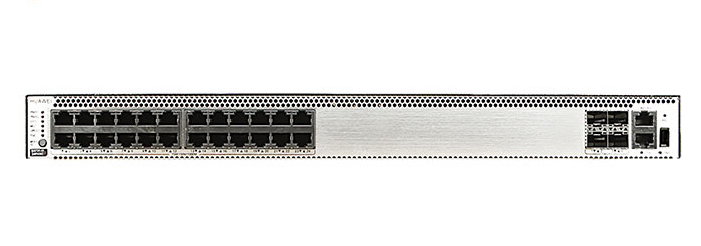



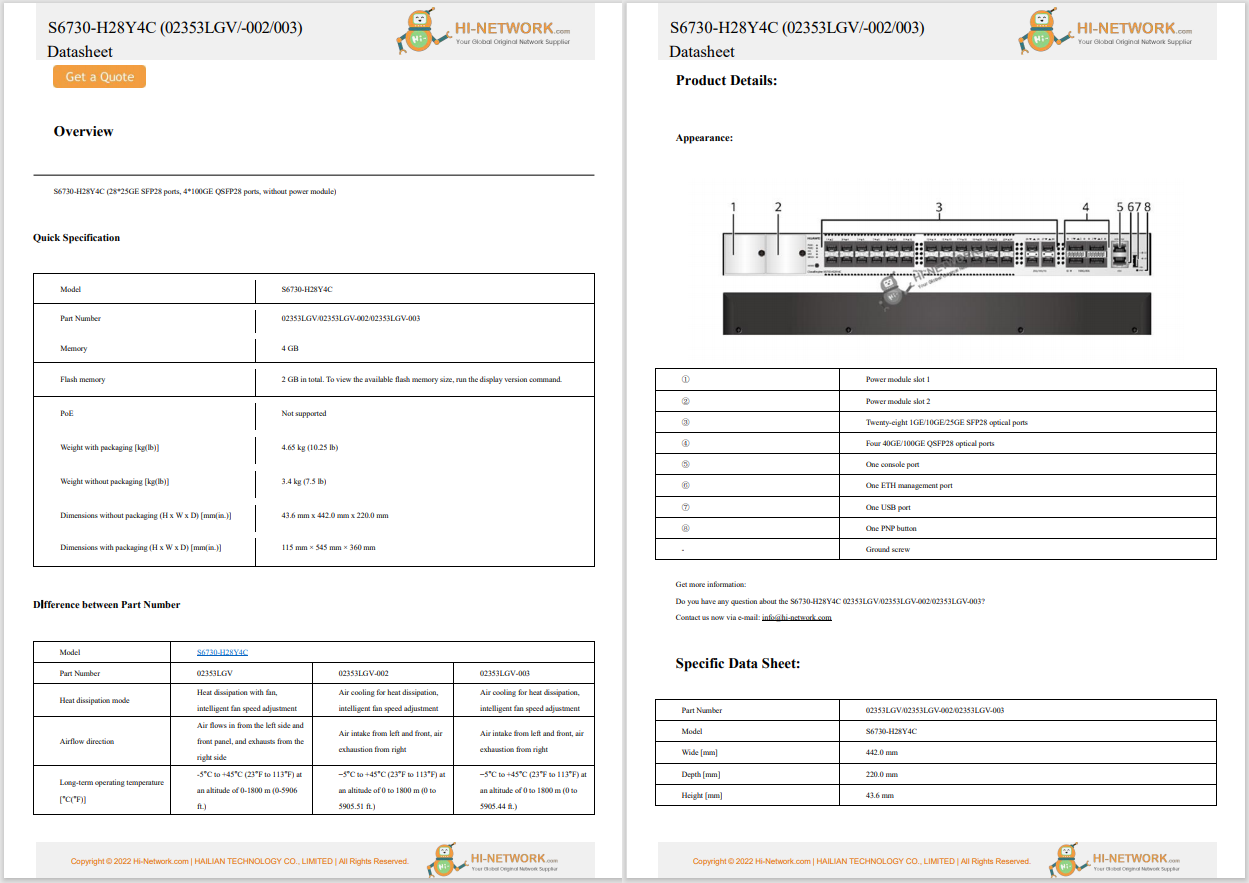


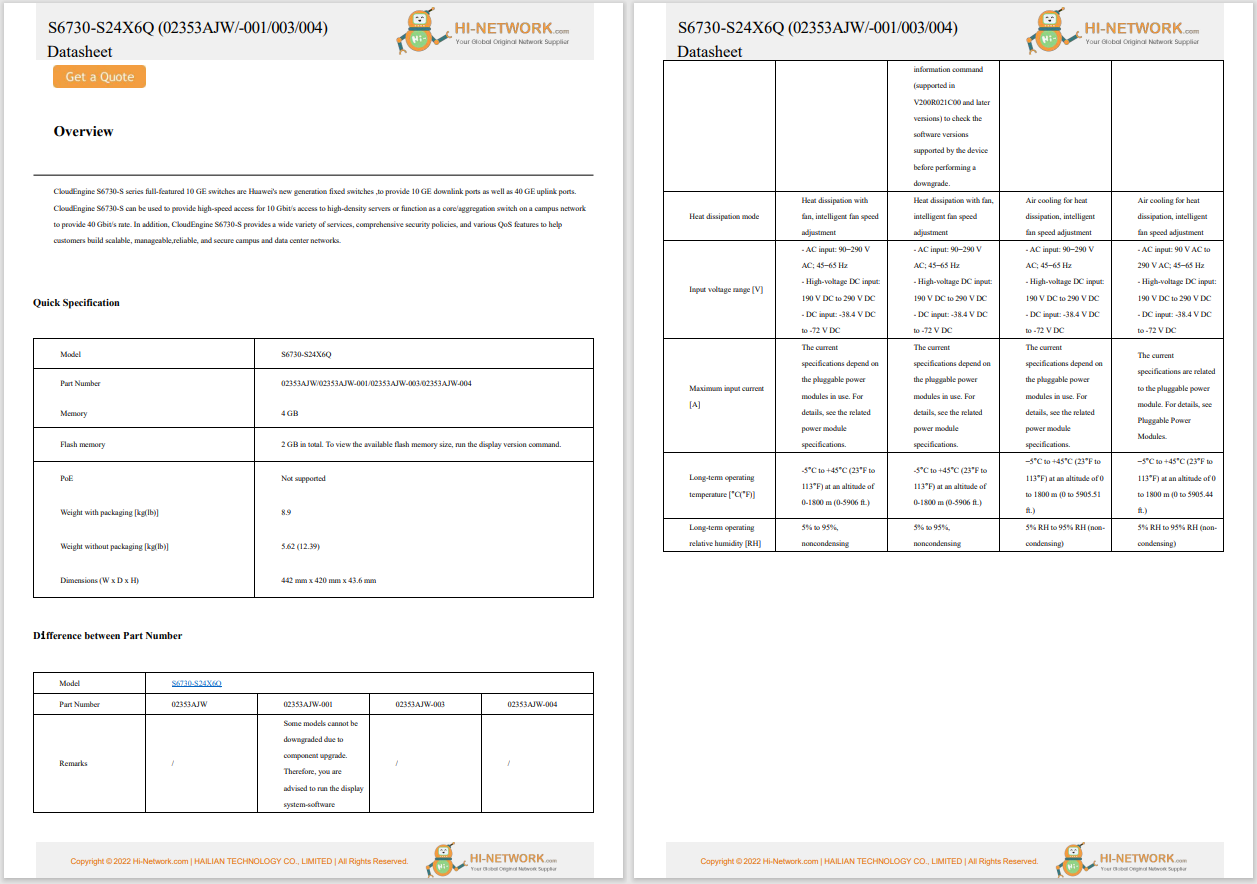

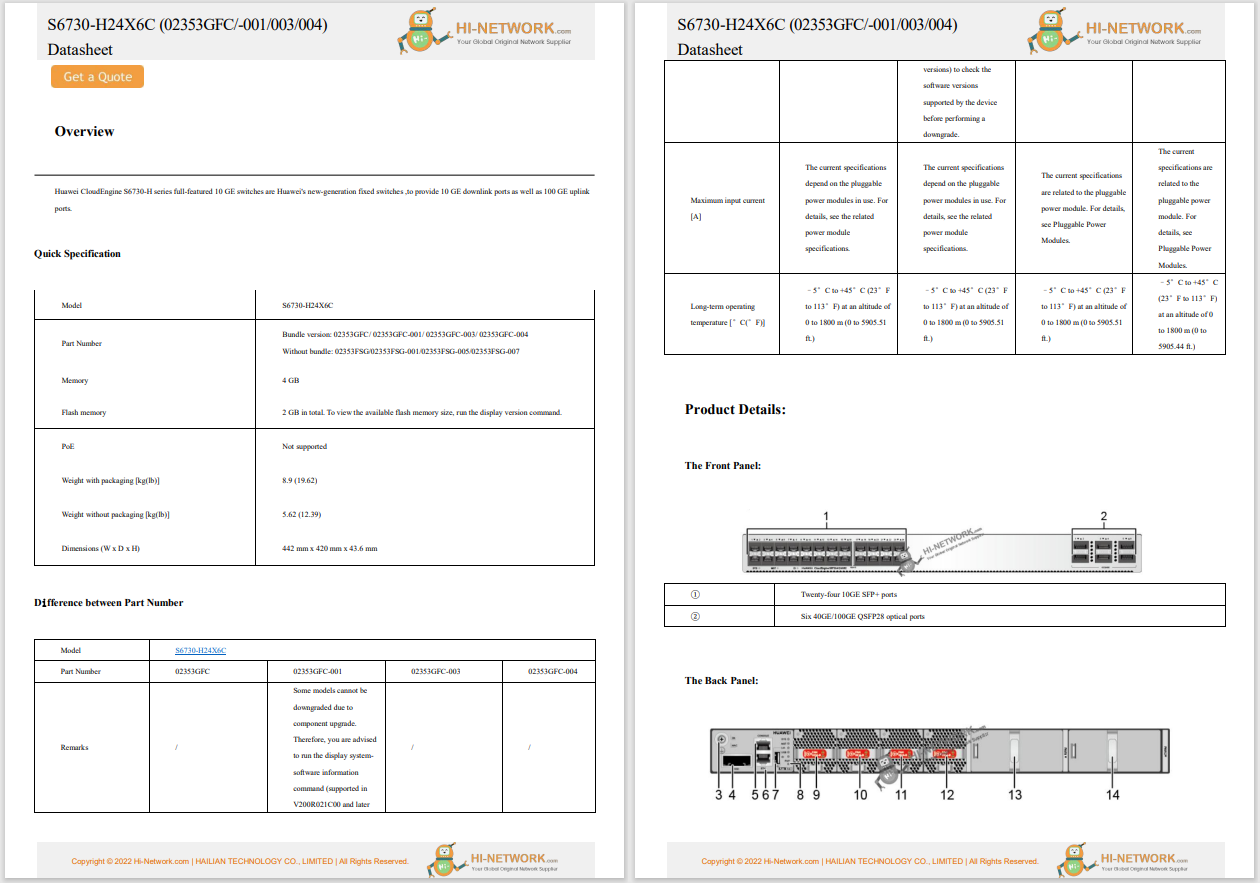

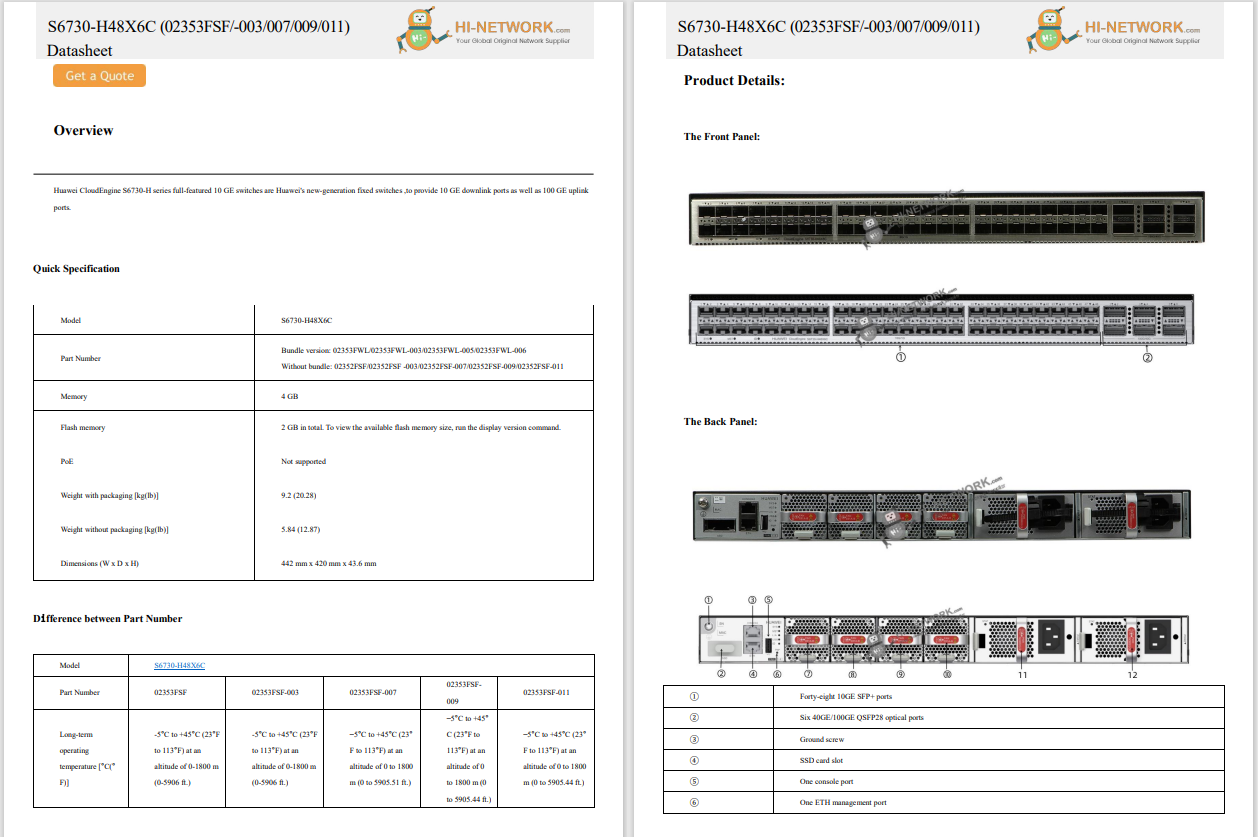


There I was, yet again, scrolling on TikTok before it was banned and then unbanned, and I came across this insane caption.
"Meet The 17-Year-Old CEO Behind A$12 Million AI-Powered Nutrition App."
That's some grade-A clickbait right there, so... I clicked!
The article claims that Cal AI, a GPT-powered nutrition app, makes calorie tracking easier with AI features like image recognition and barcode scanning.
Also: AI isn't the next big thing - here's what is
The app reportedly has over 1 million downloads,$12 million in annual recurring revenue, and a team of 17 full-time employees.
The kicker?
It's led by 17-year-olds Zach Yadegari and Henry Langmack.
Needless to say, my flabbers were gasted! ??
But it got me thinking: if I wanted to start an AI side hustle, how would I do so?
So, if you've ever wanted a side hustle using AI, I got you!
In this article, we go into detail on:
If you're new to my work, I'm Lester Mapp, but my friends call me Les.
I'm a founder with a successful exit and currently the executive chairman of a group of DTC brands. At my core, I'm an award-winning performance marketer.
Coming up with ideas and getting them to market is my thing.
Also: 3 lucrative side hustles you can start right now with OpenAI's Sora video generator
If you're into data-driven marketing insights and strategies, check out my free newsletter, No Fluff Just Facts.
Now that we have the pleasantries out of the way, kick up your feet and get comfortable.
We're about to dive into a mini AI Shark Tank and say yes or no to some business ideas. ?
Before we jump into it, I need to bring you up to speed on what GPT wrappers are and how they can help you build a tech empire.
I must explain what a GPT wrapper is and how it works. This context is essential to help you see the possibilities.
A "GPT wrapper" is a software application, like a web app or mobile app, that acts as a user interface built on top of a GPT (Generative Pre-trained Transformer). It provides additional features and functionality to make it easier for users to interact with the underlying AI.
This includes adding context, refining prompts, and presenting results in a more accessible format. Essentially, it "wraps" around the GPT model to enhance usability.
Also: Your customers don't want more AI - here's what to invest in instead
A real-world example? Think of when General Motors tells us the Tahoe, Yukon, and Escalade are different cars.
Hey GM, are the different cars in the room with us right now? ??
Trolling aside, a GPT wrapper is very similar. The features, price points, and target audiences might differ, but the product's core is GPT.
Some real-world examples of GPT wrappers include but are not limited to
From a technical standpoint, GPT wrappers handle API calls to the language model, implement prompt engineering techniques, and manage conversation context for more coherent interactions.
Also: Could your job be at risk due to AI? Do this before it's too late
While GPT wrappers are usually built using OpenAI's API, other options include Anthropic's Claude, Google's PaLM, and several emerging players in the AI space.
All that said, AI language models are evolving fast, opening up new ways to build cool stuff. ?
Building a GPT wrapper comes with its fair share of pros and cons.
Let's break it down.
What's in it for you?
What could trip you up?
Wrapping GPT can open doors, but knowing where those doors might slam shut is just as important.
The things that frustrate you about AI, like being wrong, getting stuck in loops, or showing bias, will likely appear in your app.
This is something to remember, not a reason not to do it.
I'm sure you're wondering, what tools can I use to create a GPT wrapper?
Grab a pen and paper because one of the best tools you can use to make a GPT wrapper is, ironically, ChatGPT.
That said, there are a few other tools worth mentioning. ?
Bubble: A no-code platform that makes building web apps simple.
Key features
FlutterFlow: Great for creating mobile apps with a no-code approach.
Key features
LangChain: A popular framework for developers building with LLMs (Large Language Models)
Key features
An honorable mention goes to Replit. I've written a detailed article about it; check it out.
If coding isn't your thing, you can hire someone on Upwork or another freelancing platform to help you.
Also: The best AI for coding in 2025 (and what not to use)
While building your app is important, the real focus should be on what to build and how to get users.
Without a solid idea and a plan to attract users, even the best-built tool won't get off the ground.
I have so many ideas, but I don't want to tell you exactly what to do. Instead, I want to teach you how to think about the problem you should be solving.
You must solve a problem for which people are willing to pay top dollar.
In this case, following your passion isn't great advice. That's more suitable for a hobby, not a sustainable business.
Also: No, AI won't revolutionize shopping - but this will
That said, the bigger your ambitions are, the bigger the problem you need to solve. Think painkillers, not vitamins.
Before you start building anything, talk to potential users. Ask questions like:
Your job is to bridge the gap between your solution's value and the amount your users are willing to pay.
The biggest mistake founders make is assuming that if they build it, people will come, which isn't true. Talking to potential customers gives you insight into what they actually want. Too many founders create solutions looking for a problem.
My advice? Whatever you build, care enough to stay disciplined through the good and bad days. As my mentor would say:
"You won't always be motivated. That's why you need to be disciplined."
That said, here are some general ideas:
Whatever you decide to build, you need to solve a problem for someone willing to pay for it.
The more pressing the problem, the greater your level of success.
10 times out of 10, if you find the right problem, there's already a community.
These communities exist everywhere. They attend conferences, host meetups, and hang out online.
Think about it:
This also applies in the professional world: CFOs, CMOs, and CEOs all connect in their own spaces, talking about shared problems. Right now, they're discussing a problem you could solve.
Also: Could AI make you a billionaire in 2025?
Once you've figured out the problem you're solving, start building a community. Ideally, you should build your app and community simultaneously.
Some call this "building in public," but the real magic is bringing potential users along for the ride.
Take Harrison Hide, for example. He's building Long Lane, a wellness hotel and member club that gives professionals a personalized, all-in-one wellness experience. It focuses on health, nutrition, and mental performance, all in a curated, alcohol-free environment.
Harrison isn't creating a tech solution, but he's proving that building a community first works with any idea.
I'm a huge fan of newsletters. They're the gift that keeps on giving. What should you include in your newsletter? Everything. Document the highs, the lows, what's next, what you're building, and what you're learning. Harrison does an incredible job with this, and you can, too.
I'm not suggesting you ignore platforms like TikTok and Instagram entirely. You can expand to them later, but it's important to choose your priorities in the early stages. You can't do everything alone, so staying focused is crucial.
Also: ChatGPT Search could destroy online businesses - how you can stay ahead
This approach is like running a media company first and monetizing through a software solution.
And let me tell you, after spending tens of millions of dollars on marketing campaigns, this is by far the best approach.
According to a study by Khoros, Airbnb produced 2.5 times more revenue for its member hosts by using its community to drive innovation and product development. This statistic demonstrates the significant impact that a well-managed online community can have on a company's revenue growth. ??
I know I came at you with a lot today, so here's a quick recap:
And this is the most important part!
When you become a gazillionaire, let me use your yacht when you're out of town!
If you're unsure how to market your new SaaS company, please join my free newsletter, No Fluff Just Facts. I share business insights like this, what's working in the world of digital marketing, the latest trends, and the occasional pep talk to keep you inspired. ??
If this sounds like your jam and you wanna be besties forever, click here to sign up. It's totally FREE.
Hope this article helps; I'm rooting for you!
 Etiquetas calientes:
innovación
Etiquetas calientes:
innovación